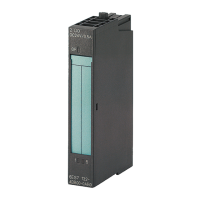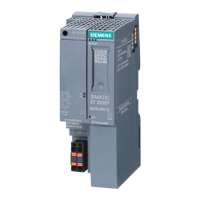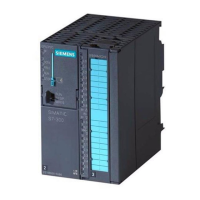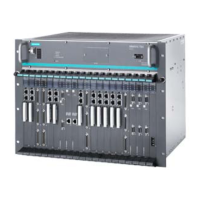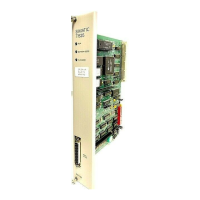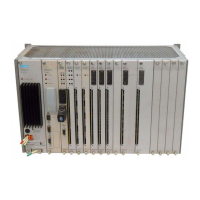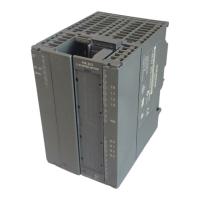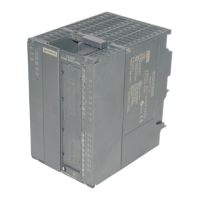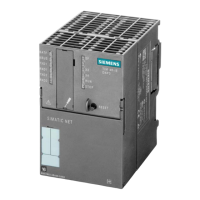Conditions for achieving SIL/Cat./PL
The table below lists the conditions which have to be met for achieving at least the
corresponding safety requirements.
Application Sensor evaluation Sensor supply Achievable
SIL/Cat./PL
1 1oo1 Internal, since 2-wire transmit‐
ter
3 / 3 / d
1a 1oo1 Internal, since 2-wire transmit‐
ter
2 1oo1 External, since 4-wire transmit‐
ter
2a 1oo1 External, since 4-wire transmit‐
ter
3 1oo2 (2v2)
(not on the module, only in the F-
program)
• Internal, if 2-wire transmit‐
ter
• External, if 4-wire transmit‐
ter
3 / 4 / e
3a 1oo2 (2v2)
(not on the module, only in the F-
program)
• Internal, if 2-wire transmit‐
ter
• External, if 4-wire transmit‐
ter
4 2oo3
(not on the module, only in the F-
program)
• Internal, if 2-wire transmit‐
ter
• External, if 4-wire transmit‐
ter
WARNING
Achievable safety class
The achievable safety class depends on the sensor quality and the proof-test interval according
to the standard IEC 61508:2010. If the sensor quality is not as high as required by the required
safety class, the sensor must be used redundantly, have a 2-channel connection and 2-channel
evaluation.
(FAIW-003)
Note
You can operate the dierent inputs of an F-I/O module simultaneously in SIL3/Cat.3/PLd and in
SIL3/Cat.4/PLe. You only have to interconnect the inputs and assign parameters as described in
the following sections.
Sensor requirements
You can nd information on the requirements placed on sensors for F-I/O modules in safety-
related use in section "Requirements placed on sensors for fail-safe modules (Page 57)".
Applications of the F-I/O module
6.1 Applications cases of the I/O module
F-AI 8xI 2-/4-wire HART HA
38 Equipment Manual, 09/2021, A5E50557845-AA
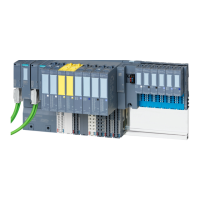
